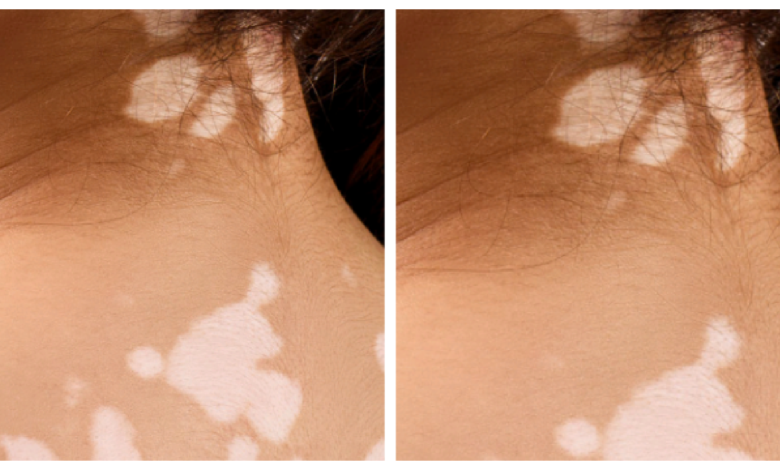Checkout 5 causes of skin discoloration

Skin discoloration refers to any change in your natural skin tone. There are many potential causes of skin discoloration, ranging from minor problems to more serious medical conditions. Here are five common causes of skin discoloration:

Vitiligo: This condition causes patches of your skin to lose melanin, or color. It happens when the cells that make melanin die or stop working. Vitiligo can also affect your hair and the inside of your mouth.
Skin damage: Skin discoloration can happen after surgery, chemotherapy, or radiation therapy. You might also notice it after an allergic reaction to an injection or a side effect of pain medication. Your skin may look bruised, red, or get darker. These changes usually go away after you’re done with treatment.
Rosacea: This skin condition causes discoloration on your cheeks, nose, chin, or forehead. These areas will sometimes look pink or red.
Pigmentation disorders: These include melasma, albinism, and vitiligo. Melasma is a common skin condition that causes brown or gray patches to appear on the skin, usually on the face. Albinism is a genetic disorder that causes little or no pigment in the skin, hair, or eyes.
Skin infections: Certain skin infections may also cause discoloration, such as eczema, which can cause patches of red, itchy, dry, and cracked skin. Fungal infections can also affect your skin’s pigmentation, causing light or dark patches.



